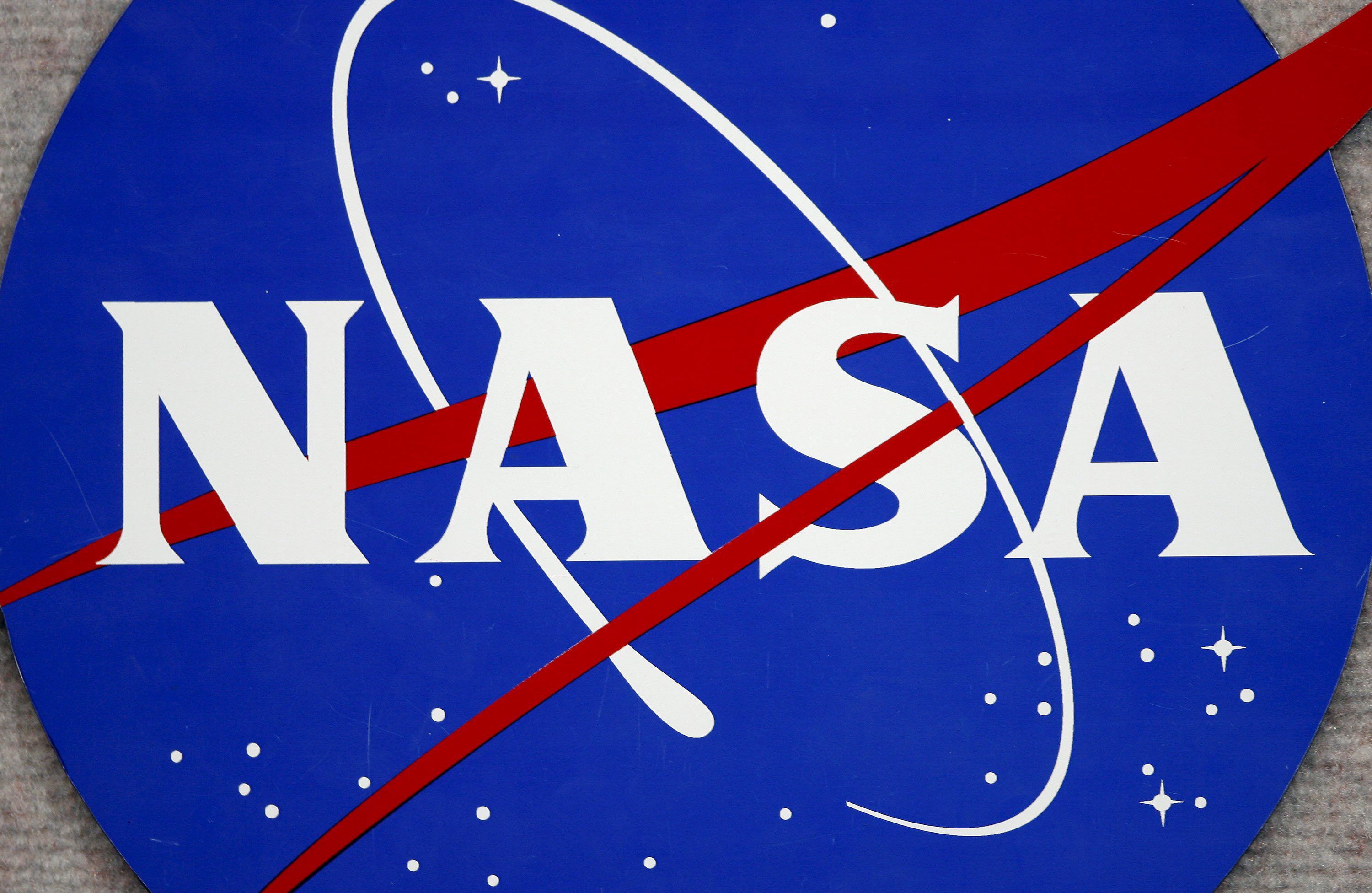
NASA's Hubble Space Telescope captured an incredible image showing “a dense collection of stars near the core of our galaxy, at a distance of about 26,000 light years” from Earth.
“These primordial remains come from stars that formed rapidly, at least on a cosmic time scale, in less than 2 billion years. Since we know the location of these white dwarf stars, we can know how fast and far they move compared to the rest of our galaxy,” the National Aeronautics and Space Administration (NASA) noted on its social networks, by its acronym in English).
The space agency argued that one of the best ways astronomers have to study the origins of our galaxy is by “observing ancient stellar relics such as white dwarf stars.”
In 1995, the first planet orbiting a star outside our solar system was discovered, and now, almost 30 years later, the number of confirmed exoplanets has just exceeded the 5,000 mark.
The account is held by NASA's Exoplanet Archive, which records the discoveries of these bodies that appear in peer-reviewed scientific articles that have been confirmed by multiple detection methods or analytical techniques.
The “planetary odometer” surpassed 5,000 last Monday, thanks to the latest batch of 65 exoplanets added to the NASA archive.
The first planet detected in a Sun-like star, in 1995, was 51 Pegasi b, located 50 light-years from Earth. It is a gas giant with half the mass of Jupiter in an extremely close orbit to its star, so its year lasts only four days.

The people responsible for the discovery were the Swiss Michel Mayor and Didier Queloz, who in 2019 won the Nobel Prize in Physics for their contribution to the understanding of the evolution of the universe and the place of the Earth in the cosmos
The more than 5,000 planets found so far include small rocky worlds like Earth, gas giants many times larger than Jupiter, and “hot Jupiter” in scorchingly close orbits around their stars, NASA recalled.
There are also so-called “Super-Earths”, which are possible rocky worlds larger than ours, and “mini-Neptunes”, as well as planets that orbit around two stars at once and others that continue to circle collapsed remains of dead stars.
“It's not just a number”, according to the scientific director of the archive and researcher at the NASA Institute of Exoplanet Sciences, Jessie Christiansen, because “each of them is a new world, a totally new planet” that he knows nothing about.
For its part, last week, the James Webb Space Telescope successfully completed its alignment and calibration phase of its 18 mirrors and sent his first unified image of a distant star.
This action was the first adjustment of its instruments to have the telescope fully active from next June. After reaching the main milestone of aligning the telescope with the NirCam instrument, a near-infrared camera, the team of scientists operating the space telescope is beginning to tune other key instruments to see what has never been seen before in the Universe.
Keep reading:
Últimas Noticias
Debanhi Escobar: they secured the motel where she was found lifeless in a cistern
Members of the Specialized Prosecutor's Office in Nuevo León secured the Nueva Castilla Motel as part of the investigations into the case

The oldest person in the world died at the age of 119
Kane Tanaka lived in Japan. She was born six months earlier than George Orwell, the same year that the Wright brothers first flew, and Marie Curie became the first woman to win a Nobel Prize

Macabre find in CDMX: they left a body bagged and tied in a taxi
The body was left in the back seats of the car. It was covered with black bags and tied with industrial tape
The eagles of America will face Manchester City in a duel of legends. Here are the details
The top Mexican football champion will play a match with Pep Guardiola's squad in the Lone Star Cup

Why is it good to bring dogs out to know the world when they are puppies
A so-called protection against the spread of diseases threatens the integral development of dogs




